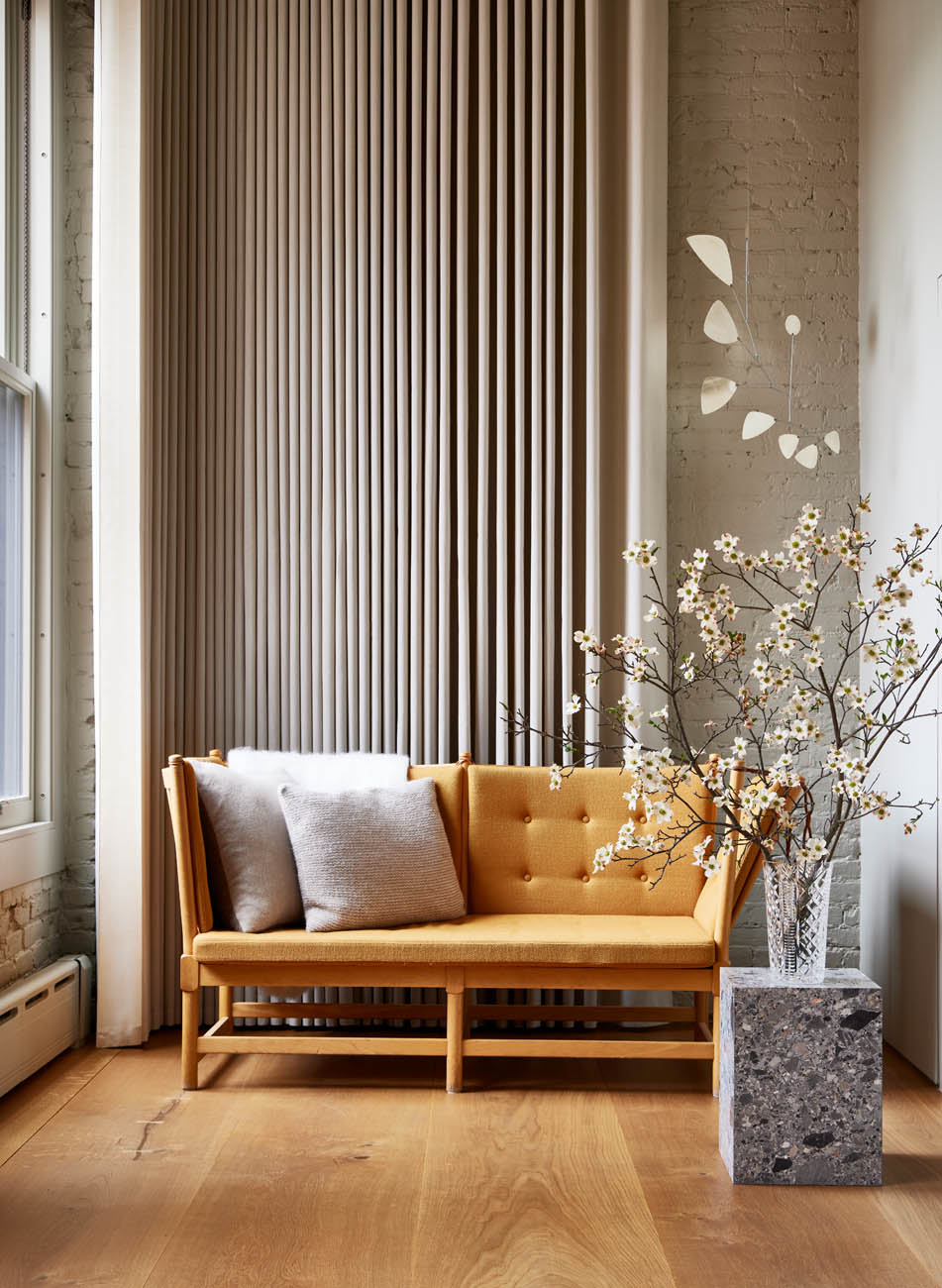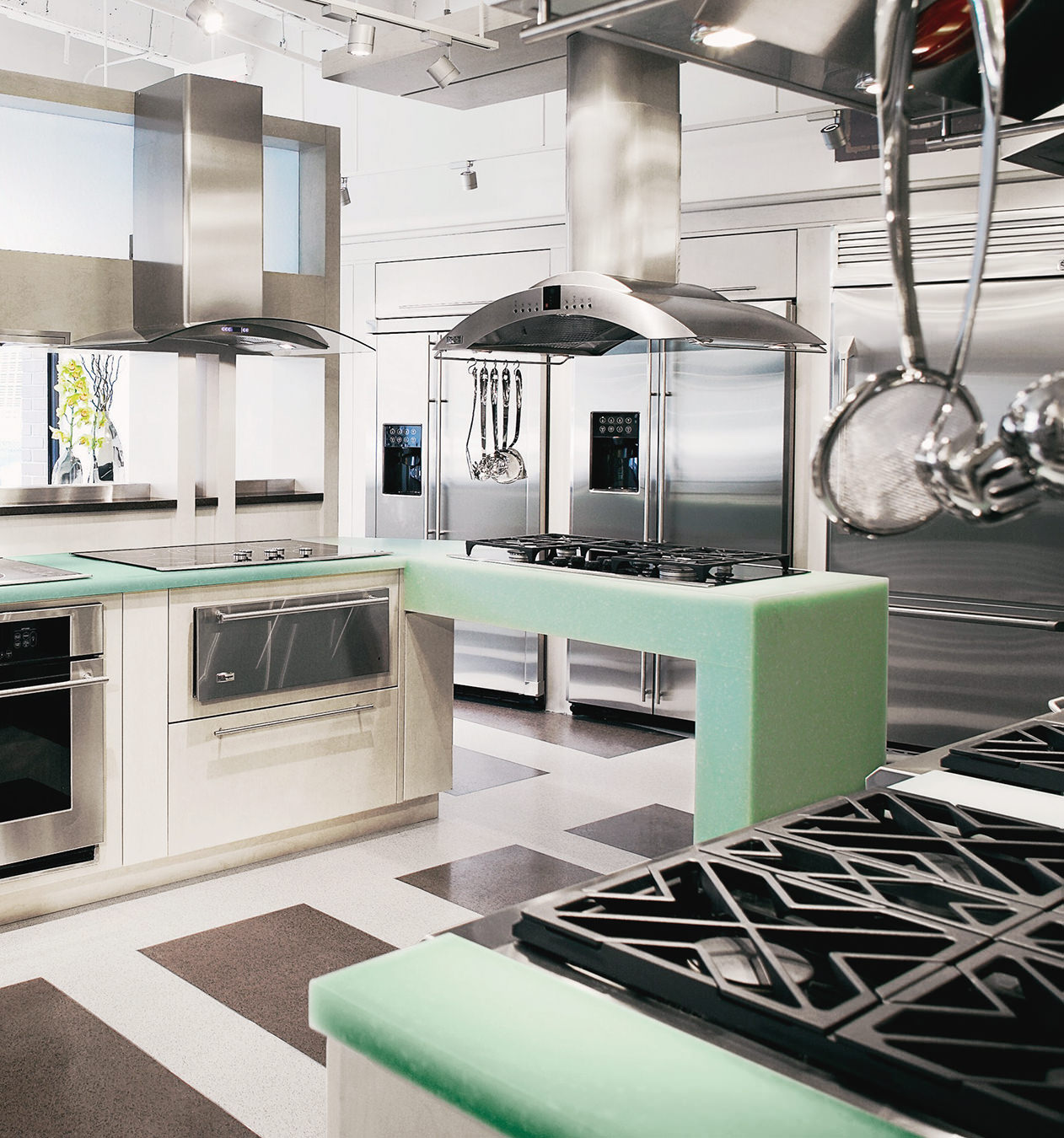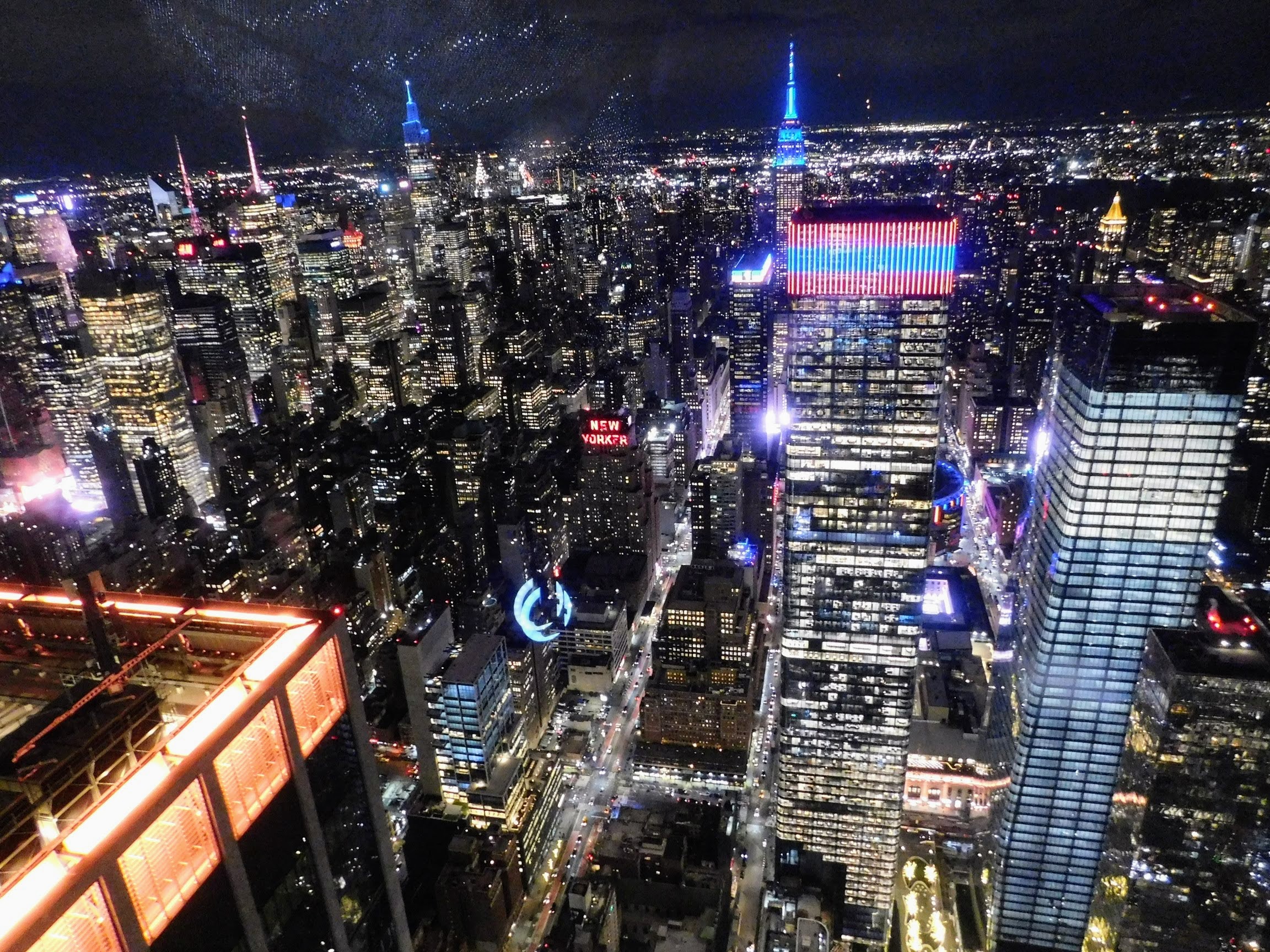The Science of Beer
Jeppe Jarnit-Bjergsø and his Evil Twin.

The first time I met Jeppe Jarnit-Bjergsø, the 39-year-old bohemian brewer, it was 2013 and he was holding a $2,000 bottle of beer. Bottle is a term I use loosely. It was actually a taxidermied squirrel into whose body a bottle was sewn. “This is one of the rarest beers in the world,” Jarnit-Bjergsø said, holding the rodent. “It’s called the End of History.”
The squirrel beer, it turns out, is legendary in the beer world. Almost as legendary as Jeppe Jarnit-Bjergsø himself. Tall, with a severe nose, a shaggy beard, and sideswept brown hair, the brewer was standing in the basement of a beer bar in Greenpoint, Brooklyn, called Tørst, which is Danish for thirst. The bar had opened that March, showcasing many of the highly rated beers he makes through his five-year-old gypsy brewery, Evil Twin.
“I don’t have a brewery of my own,” Jarnit-Bjergsø explains. “Instead I travel around the world working with breweries I think are awesome.” With his recipes and their facilities, Evil Twin has produced some of the most highly rated and weirdest beers in the world. (In a Shakespearian if not biblical twist, Jeppe has a twin brother, Mikkel, from whom he is estranged. Two minutes younger, Mikkel is a Denmark-based gypsy brewer who also makes some of the most highly rated, and weirdest, beers in the world through his label, Mikkeler. Now the name Evil Twin makes more sense, does it not?)
A good example of Jarnit-Bjergsø’s ingenuity is Evil Twin’s Imperial Doughnut Break. “Wouldn’t it be cool if you could add doughnuts to beer?” he asks, rhetorically. And so he did. He called his friend Edward Westbrook, a quiet South Carolinian who runs Westbrook Brewing Co., a small craft brewery in Mount Pleasant, in Charleston County, and together they devised a way to cram a bunch of doughnuts into a few barrels of porter. After removing the doughnuts, what was left was a beer that tasted like a liquid chocolate doughnut. In lesser hands, such freewheeling might border on parodic, but Evil Twin’s beers earn high marks. That doughnut porter, for instance, scored a perfect 100 rating from RateBeer, the closest thing beer has to Robert Parker. “I don’t care about process,” says Jarnit-Bjergsø with a typical Danish diffidence; “I just care about results.”
There is nothing in the world like Tørst, or more precisely, like Luksus, a tasting-menu-only restaurant hidden behind a hobbit door at the back of the bar (Jarnit-Bjergsø curates the superlative beer list at both establishments). Both opened in partnership with Daniel Burns, a 41-year-old chef from Halifax, Nova Scotia, who formerly worked at Copenhagen’s Noma. Despite its under-the-radar location and far-out concept, Luksus was awarded a Michelin star, making it the only restaurant on that list to offer exclusively a beer pairing. That there are beers sophisticated enough to pair with, say, Burns’s parsnip and malt parfait dessert, is largely thanks to Evil Twin and his deep connections into the more arcane corners of the craft beer movement.
On a typical night, seven or so of the 21 beers on tap at Tørst are from the brewery, or rather, made from Jarnit-Bjergsø’s recipes at a couple of different breweries. On a recent evening, there was a lambic—a strange and risky style of sour beer—from the Tulsa brewery Prairie Artisan Ales, and a hop-forward pale ale by cult Brooklyn brewer Other Half. Behind the bar, blinking ominously with myriad dials, is a Flux Capacitor, a fancy $16,000 (U.S.) beer-dispensing unit that ensures the beers are kept at ideal temperatures. “Beers should be kept two degrees Celsius over their alcohol by volume, for instance,” explains Jarnit-Bjergsø. “A 12 per cent imperial stout should be served at 14 degrees, while a low-alcohol session IPA should be served cooler.” It’s the kind of distinction with which perhaps only beer geeks would concern themselves. His beers bear names like Shoreditch Hipster Ale (a pale ale brewed exclusively for Cask Pub & Kitchen in Pimlico, London), Citra Sunshine Slacker (an India pale ale), and Justin Blåbær, a blueberry-infused Berliner Weisse with a picture of a young Jeppe from his days as a hair model on the label.
If the crowd at Tørst is any indication, beers have both moved beyond geekdom and beyond the assumption they pair only with pub grub. The crowd on a recent Saturday night were the sort of bearded and tattooed, banged and beautiful cohort one normally finds at cocktail dens. But Jarnit-Bjergsø wasn’t around to see it. He had recently flown to Brazil to collaborate with a brewer in Porto Alegre on a passion-fruit beer. Then it was off to Japan, Spain, Rome, and Denmark. “The life of a gypsy brewer,” he wrote from the road, “is a never-ending beer run.”








